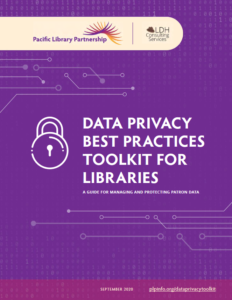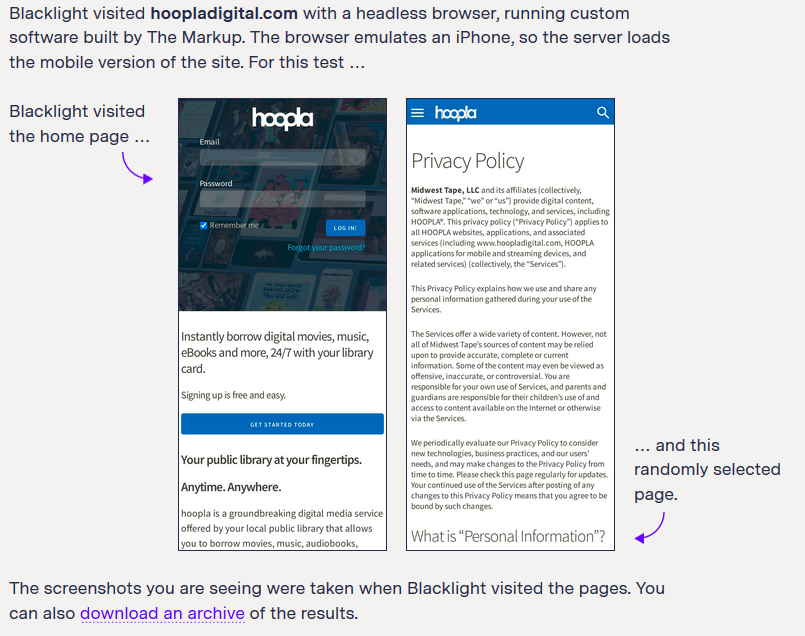
tl;dr – Your library doesn’t need to collect data about your patrons’ gender identity.
Longer tl;dr – Your library doesn’t need to collect data about your patrons’ gender identity for library workers to do their daily work.
Nuanced tl;dr – Your library doesn’t need to collect data about your patrons’ gender identity 99% of the time, and in that 1% where the data is required, you’re probably doing more harm than good in your collection methods.
This post is brought to you by yet another conversation about including gender identity data in patron records. Libraries collected this data on their patrons for decades; it’s not uncommon to have a “gender” field in the patron record of many integrated library systems and patron-facing vendor services and applications. But why collect this data in the first place?
Two explanations that come up are that gender identity data can be used for marketing to patrons and for reading recommendations. However, these explanations do not account for the problem of relying on harmful gender stereotypes. Take the belief that boys are reluctant readers, for example. Joel A. Nichols wrote about his experience as a children’s librarian and how libraries do more harm than help in adopting this belief:
These efforts presume that some boys are not achieving well in school because teachers and librarians (who are mostly women) are offering them books that are not interesting to them (because they are boys). I find this premise illogical and impracticable, in particular because I am queer: the things that were supposed to interest boys did not necessarily interest me, and the things that were supposed to interest girls sometimes did. Additionally, after years of working in children’s departments, I found over and over again that lots of different things interested lots of different kids. In my experience, it was the parents that sometimes asked for “boy books” or “girl books.” The premise that boys need special “boy” topics shortchanges librarians and the children themselves, and can alienate kids who are queer or genderqueer.
This collection of patron data can be used to harm patrons in other ways, such as library staff misgendering and harassing patrons based on the patron’s gender identity. A recent example comes from the 2019 incident where library staff repeatedly misgendered a minor patron when she was with her parent to sign up for her library card. While the library decided to stop collecting gender identity data on library card applications as a result of the incident, the harm done cannot be remedied as easily as changing the application form.
The ALA Rainbow Round Table recommends that libraries do not collect gender identity data from patrons unless absolutely needed. Since the recommendation in 2015, several libraries evaluated their collection of gender identity data only to find that they were not using that data. Collecting data for “just in case” opens library patrons to additional harm if the library suffers a data breach. If there is no demonstrated business need for a data point, do not collect that data point.
In the rare case that your library absolutely must collect data about the gender identity of your patrons (such as a requirement to report on aggregated patron demographic data for a grant-funded project), care must be taken in collecting this data to mitigate additional harms through alienation and exclusion. The Rainbow Round Table recommends the Williams Institute’s report “Best Practices for Asking Questions to Identify Transgender and Other Gender Minority Respondents on Population-Based Surveys” as a guide to collecting such data. The Williams Institute has also created a short guide to create survey questions around gender identity. Here are more resources that can guide respectful demographic data collection:
- Designing forms for gender diversity and inclusion
- Respectful Collection of Demographic Data
- How to Ask About Sexuality/Gender
Again, the resources above are only for the rare case that your library absolutely must collect this data from your patrons. Libraries considering collecting gender identity data must review the rationale behind the collection. A patron should not be required to tell the library their gender identity to use the library’s collections and services. Even the act of collecting this data can harm and disenfranchise patrons.
tl;dr – Your library doesn’t need to collect data about your patrons’ gender identity.






